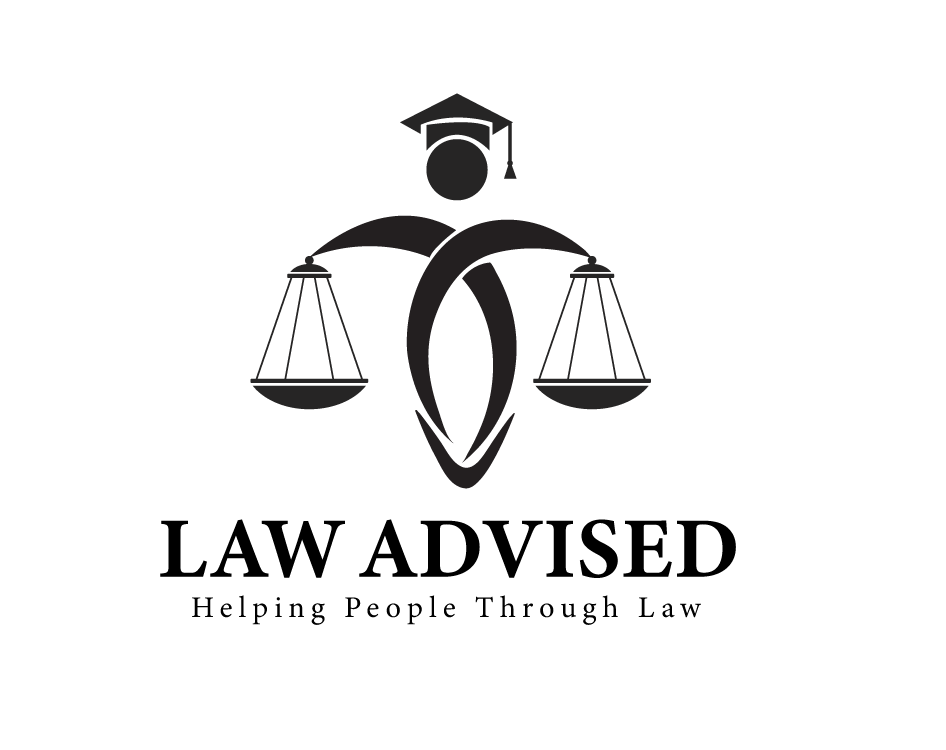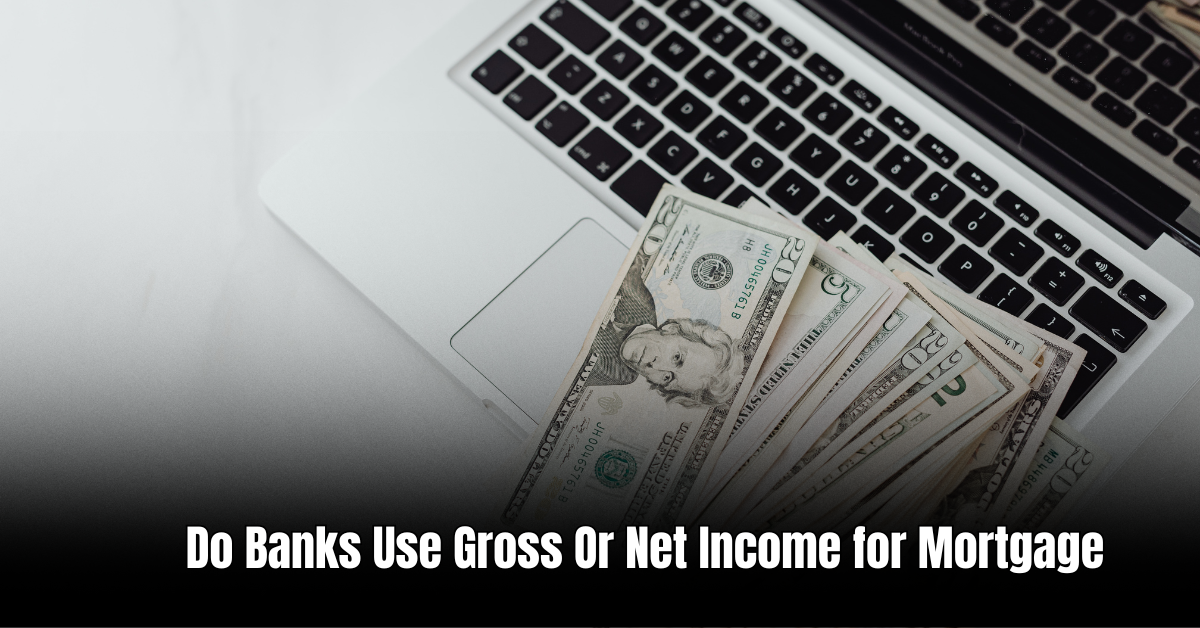When you are paying off a mortgage, it is important to understand how your monthly payments are allocated. A mortgage payment typically consists of two main components: the principal and the interest. In this article, we will explore how much of your mortgage payment goes towards paying down the principal balance.
Understanding Mortgage Payments:
Before we delve into the specifics, let’s take a moment to understand the basics of mortgage payments. When you borrow money to purchase a home, the lender charges you interest on the loan. This interest is calculated based on the remaining loan balance and the interest rate agreed upon.
Each monthly mortgage payment you make goes towards both the interest and the principal balance of your loan. The portion of your payment that goes towards the principal gradually increases over time, while the portion allocated to interest diminishes.
The Amortization Schedule:
To determine how much of your mortgage payment goes towards the principal, you need to refer to your loan’s amortization schedule. An amortization schedule is a table that outlines each payment throughout the term of your mortgage. It breaks down how each payment is divided between principal and interest.
Typically, in the early years of your mortgage, a larger percentage of your payment goes towards paying off the interest. This is because the principal balance is higher at the start of the loan term. However, as you make regular payments, the principal balance decreases, resulting in a larger percentage of your payment being allocated to reducing the principal.
An Example:
Let’s illustrate this concept with a simple example. Suppose you have a 30-year fixed-rate mortgage with a principal balance of $200,000 and an interest rate of 4%. Using an amortization calculator, you can determine how your payments are allocated over time.
| Payment Number | Principal Payment | Interest Payment | Total Payment | Remaining Balance |
|---|---|---|---|---|
| 1 | $362.86 | $666.67 | $1,029.53 | $199,637.14 |
| 2 | $364.37 | $665.16 | $1,029.53 | $199,272.77 |
As shown in the table above, in the first payment, $362.86 is applied towards the principal, while $666.67 covers the interest. The remaining $1,029.53 represents the total payment for that month. The following month, with a slightly lower outstanding balance, a greater portion of the payment is allocated to the principal.
Impact of Early Payments:
If you make additional payments or pay more than the minimum required amount, the extra funds will typically be applied directly to the principal. By doing this, you can reduce your mortgage term and save money on interest payments over time.
For example, if you pay an extra $100 towards your principal each month, you can significantly shorten the duration of your loan. By making regular early payments, you will effectively reduce the number of payments required to pay off the mortgage in full.
Conclusion:
Understanding how much of your mortgage payment is applied to the principal is crucial for homeowners wanting to pay off their loan faster or considering refinancing options. By referring to your loan’s amortization schedule and making additional principal payments, you can take control of your mortgage and potentially save thousands of dollars in interest.
Remember, as you make regular payments, the portion of your mortgage payment allocated to the principal increases over time. So keep an eye on your progress and take advantage of any opportunities to pay down your principal balance faster.
Frequently Asked Questions On How Much Of Your Mortgage Payment Actually Reduces Your Principal? Discover The Truth Here!
How Is A Mortgage Payment Divided?
The mortgage payment is divided into principal, interest, taxes, and insurance. The portion allocated to principal reduces the loan balance.
Why Is The Principal Amount Important?
The principal amount is crucial as it determines the equity built in the property over time.
What Percentage Of Mortgage Goes To Principal?
The percentage of each payment that goes towards the principal increases gradually over the loan term.
Can I Increase The Portion Toward Principal?
Yes, you can make additional payments towards the principal to reduce the loan term and interest paid.
Ismail Hossain is the founder of Law Advised. He is an Divorce, Separation, marriage lawyer. Follow him.




Leave a Reply